The Comprehensive Handbook for Mastering Mobile Elevated Work Platform Training
In today’s fast-paced construction and maintenance sectors, the significance of Mobile Elevated Work Platform Training cannot be overstated. According to the Occupational Safety and Health Administration (OSHA), falls from heights are among the leading causes of workplace fatalities, emphasizing the critical need for comprehensive training programs. A recent report by the National Safety Council revealed that improper use of elevated work platforms contributes significantly to workplace accidents, stressing that effective training can reduce these risks by up to 70%. As more companies integrate modern technology into their operations, the demand for proficient operators who understand the nuances of various mobile elevated work platforms continues to rise. This blog aims to delve into the top strategies for cultivating expertise in Mobile Elevated Work Platform Training, providing essential insights and best practices that can enhance safety and productivity in the field.
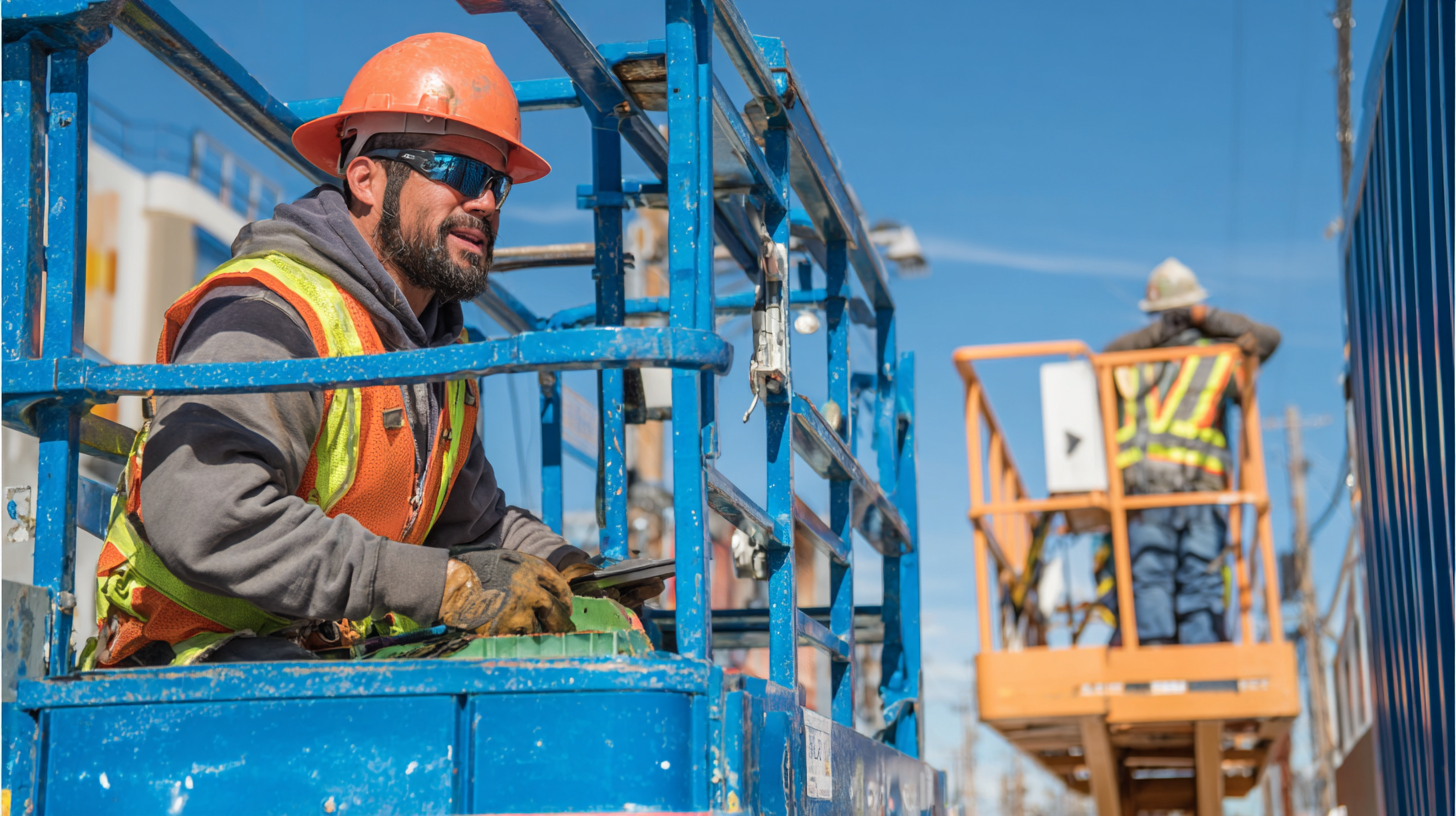
Key Components of Effective Mobile Elevated Work Platform Training Programs
Effective Mobile Elevated Work Platform (MEWP) training programs are essential for ensuring the safety and efficiency of operators in various industries. According to the Occupational Safety and Health Administration (OSHA), proper training can reduce accidents related to MEWPs by up to 80%. To achieve this, training programs should incorporate hands-on practice, comprehensive safety guidelines, and regular assessments to enhance learning retention.
Key components of these training programs include a thorough understanding of equipment types, operational techniques, and safety protocols. The International Powered Access Federation (IPAF) emphasizes the importance of incorporating real-world scenarios into training sessions, as this facilitates better decision-making skills among operators. Research shows that operators who undergo structured training programs are 50% less likely to experience incidents on the job compared to those who are not trained properly. By focusing on these essential elements, organizations can foster a culture of safety and significantly mitigate risks associated with MEWP operations.

Understanding Safety Regulations and Standards for MEWPs
Understanding safety regulations and standards for Mobile Elevated Work Platforms (MEWPs) is essential for ensuring the safety of workers. Recent updates to ANSI Z359.14 highlight important changes in fall protection requirements, underscoring the necessity for thorough safety training. These updates serve as a reminder that adhering to new regulations is imperative for anyone operating or supervising MEWPs. Employers must ensure that their teams are not only familiar with these standards but also trained in effective safety practices tailored to the specific equipment in use.

In light of the alarming statistics surrounding MEWP accidents—where an average of 26 construction workers lose their lives each year—it's evident that more rigorous training protocols must be established. The Health & Safety Executive’s recent actions regarding emergency stop protocols indicate a shift towards reinforcing compliance and accountability. Furthermore, comprehensive training for MEWP supervisors is crucial, covering safety regulations and practical applications. By fostering an environment where safety is paramount, the construction industry can take significant strides toward reducing the risks associated with aerial work, ultimately leading to safer job sites.
Essential Skills and Techniques for Efficient MEWP Operation
Efficient operation of Mobile Elevated Work Platforms (MEWPs) is critical in industries such as construction, maintenance, and logistics. According to the International Powered Access Federation (IPAF), operators trained in MEWP safety and operational techniques are 40% less likely to be involved in workplace accidents. This statistic underscores the importance of comprehensive training that not only covers the mechanics of the equipment but also emphasizes hazard recognition and risk management.
In addition to safety, mastering essential skills in MEWP operation can significantly enhance productivity. The 2022 report from the National Institute for Occupational Safety and Health (NIOSH) indicates that well-trained operators can complete tasks up to 30% faster due to their familiarity with the equipment and protocols. Techniques such as proper positioning for optimal reach and understanding load limits play a considerable role in efficiency. Thus, investing time in training programs that develop these skills will yield both safety and operational benefits for organizations striving to maintain high performance in their projects.
The Comprehensive Handbook for Mastering Mobile Elevated Work Platform Training
| Skill Category | Essential Skills | Techniques | Safety Guidelines | Training Duration |
|---|---|---|---|---|
| Pre-operational Checks | Inspect platforms, controls, and safety devices | Daily inspection logs | Ensure all safety features are functional | 1-2 hours |
| Operational Techniques | Proper maneuvering and positioning | Use of controls and navigation skills | Maintain a safe distance from hazards | 3-4 hours |
| Emergency Procedures | Responding to mechanical failures | Evacuation protocols | Regular drills and training | 2-3 hours |
| Worksite Safety | Identifying potential hazards | Safety barricades and signage | Personal protective equipment (PPE) usage | 4 hours |
| Post-operational Procedures | End-of-day checks and reports | Proper storing and securement | Document any incidents or issues | 1 hour |
Tips for Developing Engaging and Interactive Training Sessions
Creating engaging and interactive training sessions for mobile elevated work platform (MEWP) operation is essential for ensuring safety and retention of knowledge. One effective approach is to incorporate hands-on activities that simulate real-life scenarios. By allowing trainees to operate MEWPs under supervision, they gain practical experience that fosters a deeper understanding of the equipment and its safety protocols. Encourage participants to share their experiences and insights during these sessions, which not only cultivates a collaborative learning environment but also reinforces important concepts.
Another strategy to enhance engagement is through the use of multimedia resources. Incorporating videos, animations, and interactive presentations can help illustrate complex information in a digestible format. Moreover, quizzes and group discussions can be utilized to stimulate critical thinking and reinforce key takeaways. By making the training sessions dynamic and participatory, trainers can effectively capture the attention of learners and ensure that the information resonates with them long after the session concludes. Building an atmosphere where questions are welcomed and valued can also promote active participation, making the training more memorable and impactful.
Evaluating Competency: Best Practices for Assessing Trainees in MEWP Use
When it comes to ensuring safety and efficacy in Mobile Elevated Work Platform (MEWP) operations, evaluating trainee competency is of utmost importance. The assessment process must be structured, utilizing best practices that not only verify the trainees' understanding of theoretical knowledge but also their ability to apply that knowledge in real-world scenarios. One essential method is to incorporate hands-on evaluations that simulate actual working conditions, allowing trainees to demonstrate their skills in maneuvering the equipment safely and efficiently.
Additionally, incorporating a multifaceted evaluation framework can greatly enhance the assessment process. This includes written tests, practical demonstrations, and peer reviews. Engaging trainees in discussions about their experiences and challenges faced during training can provide deeper insights into their decision-making processes and problem-solving abilities. Moreover, continuous feedback during training sessions fosters an environment of learning and improvement, making it easier to identify areas where additional support or instruction may be needed. This comprehensive approach not only cultivates a safe working environment but also builds a foundation of confidence in trainees, preparing them for successful careers in the field.
Related Posts
-
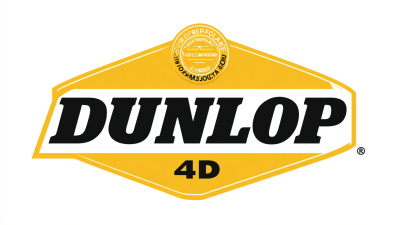
Mastering Import Export Certifications for Best Dunlop Mast Climbers in Global Procurement
-
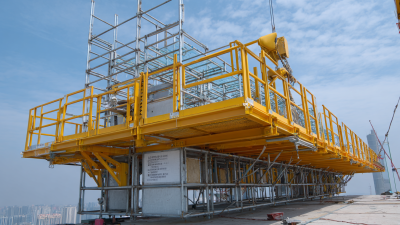
What is the Advantage of Using the Best Mast Climbing Platform for Construction Efficiency
-
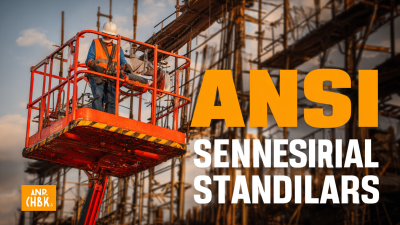
7 Essential Tips for Understanding Best Ansi Aerial Lift Standards
-
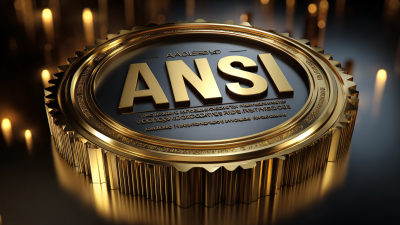
Exploring the Versatility of ANSI-Compliant Products: Key Features and Applications Across Industries
-
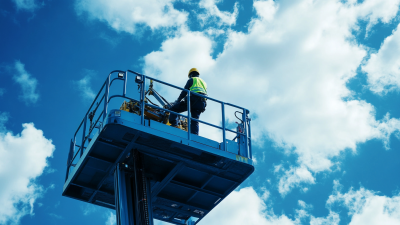
Unmatched Manufacturing Excellence from China's Leading Factory on Best Ansi Aerial Lift Standards
-
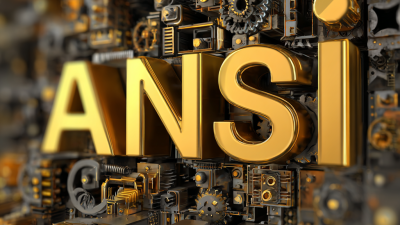
Innovative Applications of Best Latest Ansi Standards in Modern Manufacturing Processes
